July 26, 2013
FM must deliver better value to be perceived as strategic role
Clients and suppliers believe that the FM profession still has some way to go before it achieves the recognition given to other professions. According to Workplace Law’s second annual research study into leadership in facilities management (FM), 91 per cent of client organisations still feel that FM is seen as a supporting, rather than strategic, role – while the same number feel that FM will only achieve a higher ranking within an organisation’s hierarchy when it finds new ways to deliver value. FM suppliers strongly agree with the need to professionalise FM and attract more talent into the profession if FM is to continue as a separate discipline. More →




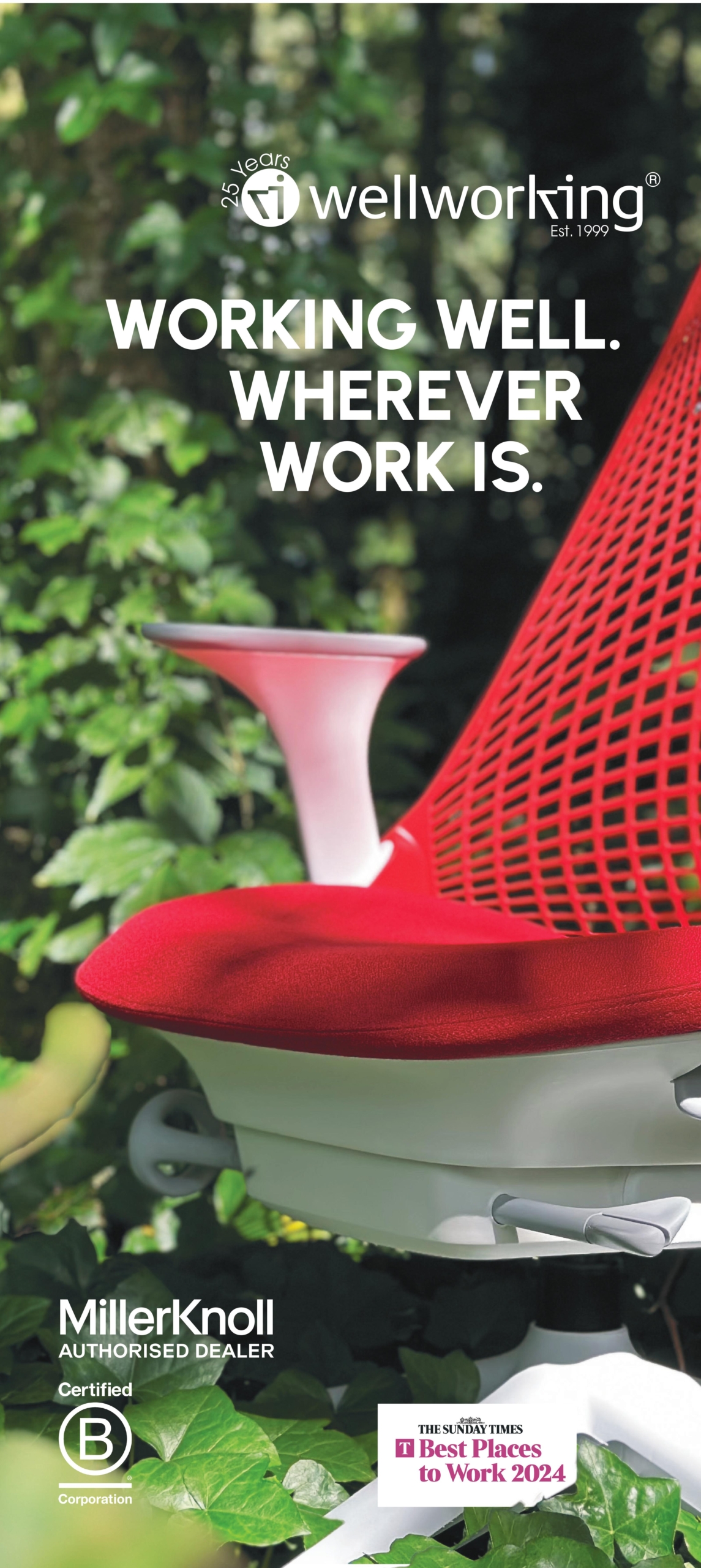
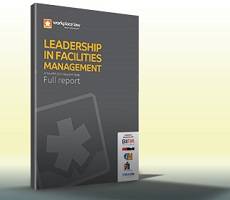
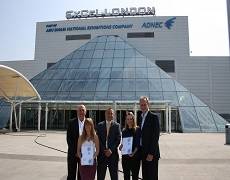
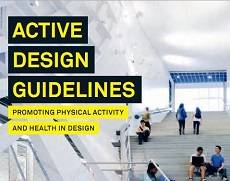

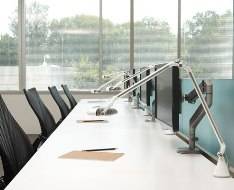


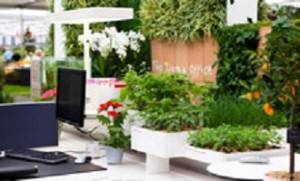




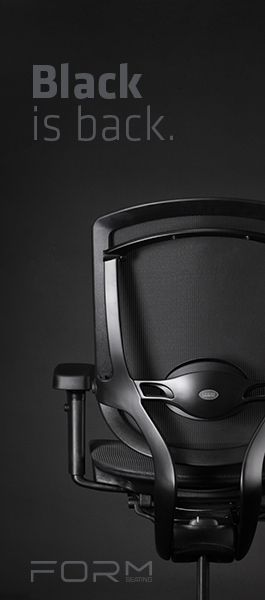




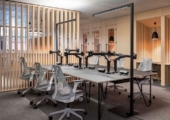


August 6, 2013
Effective recycling is about good management as much as it is materials and design
by Mark Eltringham • Comment, Environment, Furniture, Products
We all like to think we are discerning about what we will and won’t put in our trolleys at the supermarket. Not any old salty, fat-saturated gloop will make the cut these days. That’s why the producers of food like to proclaim its healthiness on packaging, regardless of the nature of the product within. ‘Lower fat’ doesn’t mean low fat. Companies in other sectors follow suit. The office products market is one in which some manufacturers don’t mind a splash of green on product labels. This doesn’t do the customer or the buyer any good and can breed cynicism in the market, undermining the efforts of those suppliers who actually take a sophisticated approach to the environmental performance of their products.
More →